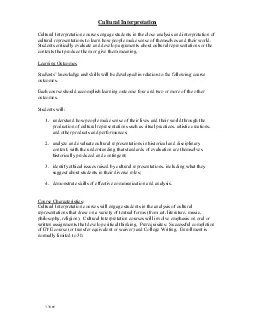PPT-Most questions for Grade 3 OAKS , Develop an Interpretation
Author : faustina-dinatale | Published Date : 2016-04-28
Grade 3 Oregon State Released Practice Tests Booklet 32 Specified State Standards Listed Under Develop an Interpretation Includes Informational and Literary Text
Presentation Embed Code
Download Presentation
Download Presentation The PPT/PDF document "Most questions for Grade 3 OAKS , Develo..." is the property of its rightful owner. Permission is granted to download and print the materials on this website for personal, non-commercial use only, and to display it on your personal computer provided you do not modify the materials and that you retain all copyright notices contained in the materials. By downloading content from our website, you accept the terms of this agreement.
Most questions for Grade 3 OAKS , Develop an Interpretation: Transcript
Download Rules Of Document
"Most questions for Grade 3 OAKS , Develop an Interpretation"The content belongs to its owner. You may download and print it for personal use, without modification, and keep all copyright notices. By downloading, you agree to these terms.
Related Documents














